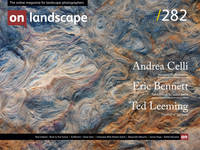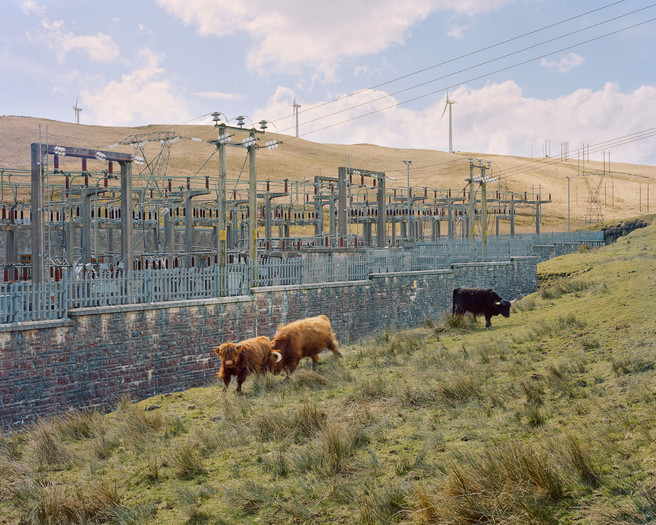Dave Varo chooses one of his favourite images

Dave Varo
Dave Varo is an amateur landscape photographer usually to be found in the Peak District, or Lake District, or his native Yorkshire. Recently, his work has moved towards a more documentary style, exploring ways in which photography can be used to record changes brought about by human occupation, and in some cases, exploitation of the countryside.
It is a well-known and somewhat overused cliché that photography captures a moment in time. This is equally as true in landscape photography as in any of the other photographic genres. The light, tones, colours, and composition are unique to the exact moment when the shutter is released and can never be exactly recreated. But as landscape photographers, do we go to too greater length to remove items from our images which will tell our successors when in time the image was created?
Look through this magazine or many of the others available in either the newsagents or online, and how many of them include a man-made item? It is as if we are trying to pretend that man never put foot on earth. But landscape art wasn’t always so: Look at the artworks of British landscape painters such as Constable and Turner, and most of their works include either a figure or a man-made object, which enables us, without knowing the details of the work, to place it approximately in time.
This brings me to the work of Robin Friend. From his work Bastard Countryside, published in 2019, I have selected the accompanying image Cattle, Turbine, Pylon as my End Frame subject.
It was French poet, novelist, and playwright Victor Hugo who coined the term Bastard Countryside. He wrote of the area surrounding Paris ‘It is that kind of bastard countryside, somewhat ugly but bizarre, made up of two different natures.’ Robin Friend has re-interpreted this as the areas of the British countryside into which humans have made a marked imprint.
Amongst images of shipwrecks on the Cornish coast, quarries filled with scrap cars, and abandoned market gardens, this image resonated with me as being one of the features of modern life that we must have in the countryside, if those of us who are fortunate to live there, or visit, is to have the creature comforts of life. So why not celebrate them in the same way that landscape painters in the past celebrated the new features in the landscape in their time?
Another reason the work resonated with me is that I am an admirer of the work of British photographer Fay Godwin, who documented the landscape ‘warts and all’, particularly in her book Forbidden Land, published in 1990. In some ways, Friend's work updates the work of Godwin.
It is an oft-held opinion that man’s intrusion into the countryside is a bad thing, and in a lot of cases, this is true, but is it always the case? In Cattle, Turbine, Pylon, an electricity substation is surrounded by rolling countryside pockmarked with electricity pylons and wind turbines. Without these things, modern life would not exist, and you would certainly not be reading this article.
The inclusion of the wind turbines clearly date stamps the image as post late 20th century, in the same way that the horse and cart in the Hay Wain dates Constables’ painting to the early 19th century.
So, should we as landscape photographers use man-made objects in our image making more often as a way of ‘time stamping’ images and recording the way in which time has changed the landscape? To be honest, I don’t know if Friend had this in mind when he created this and other images in the series, but it has certainly opened some new avenues to pursue in my attempts to use my camera to capture a moment in time.
Do you have a favourite image that you would like to write an end frame on? We are always keen to get submissions, so please get in touch to discuss your idea.


